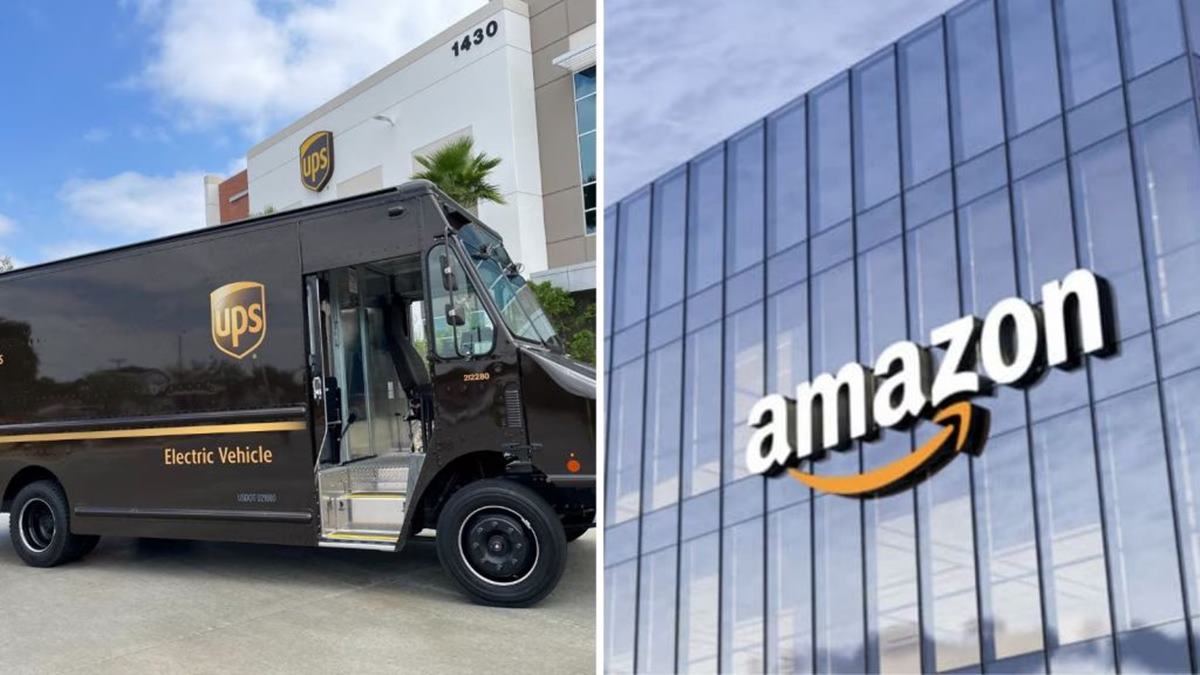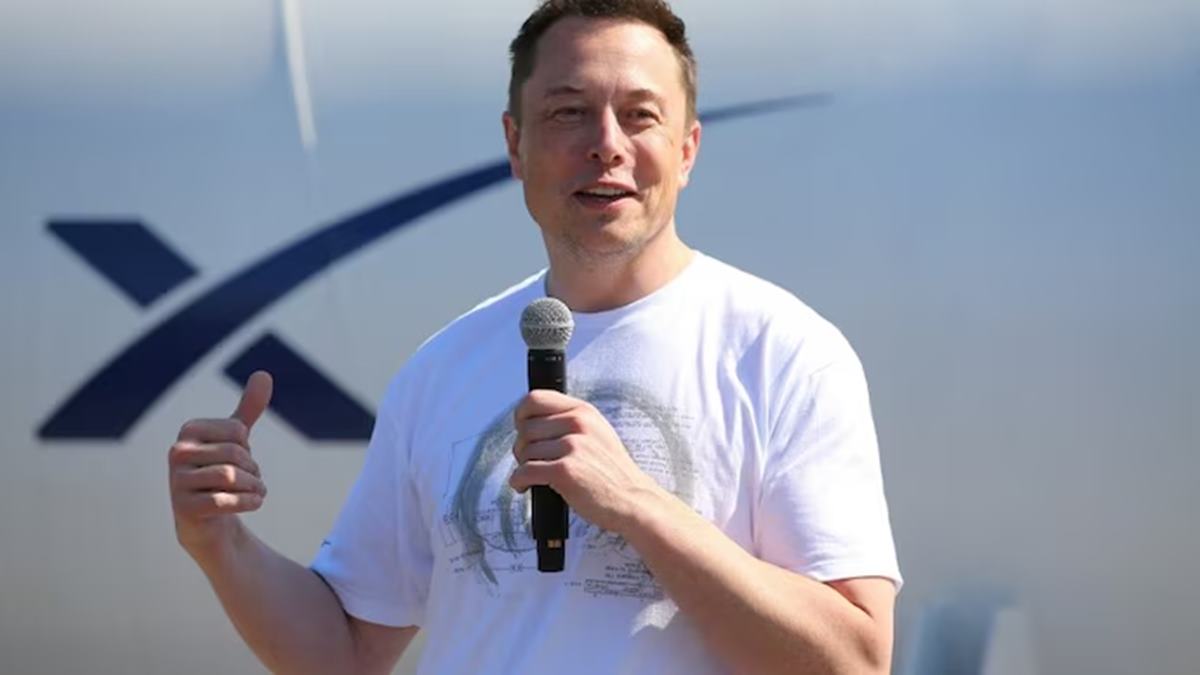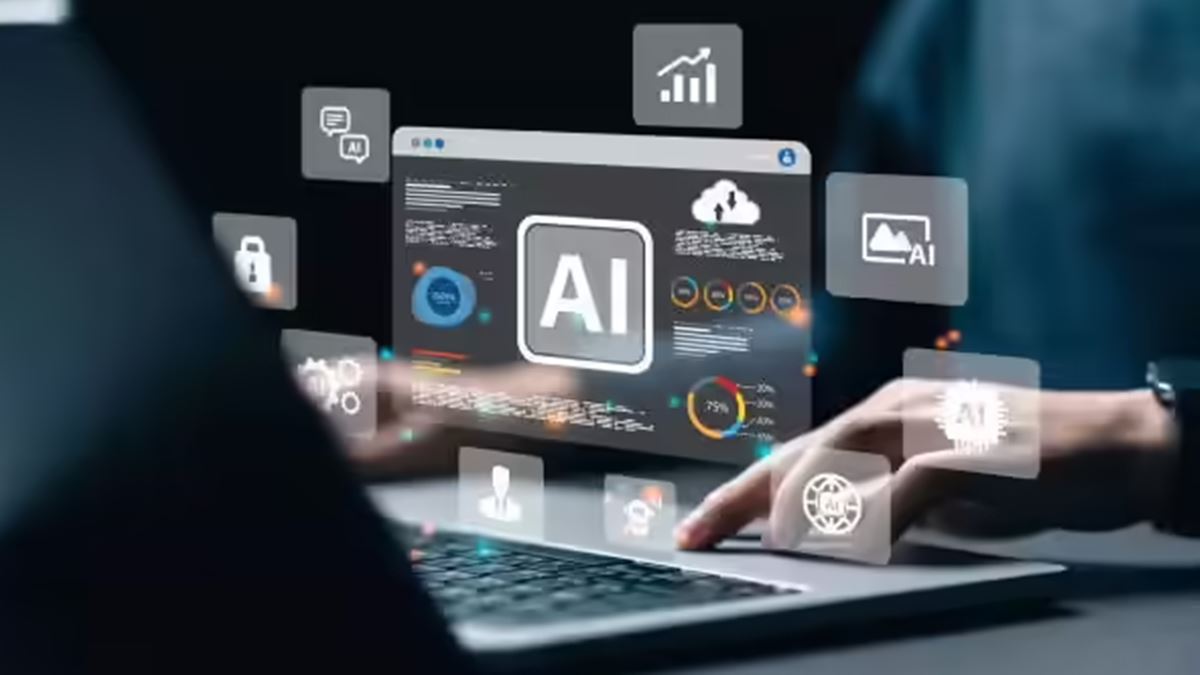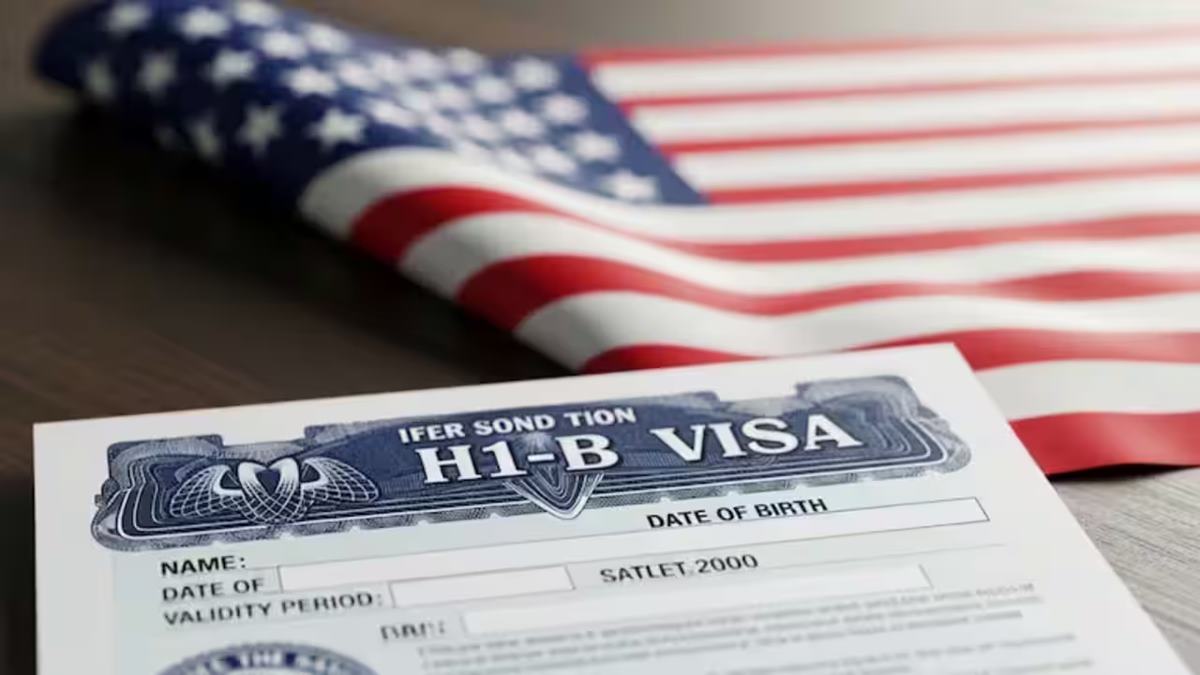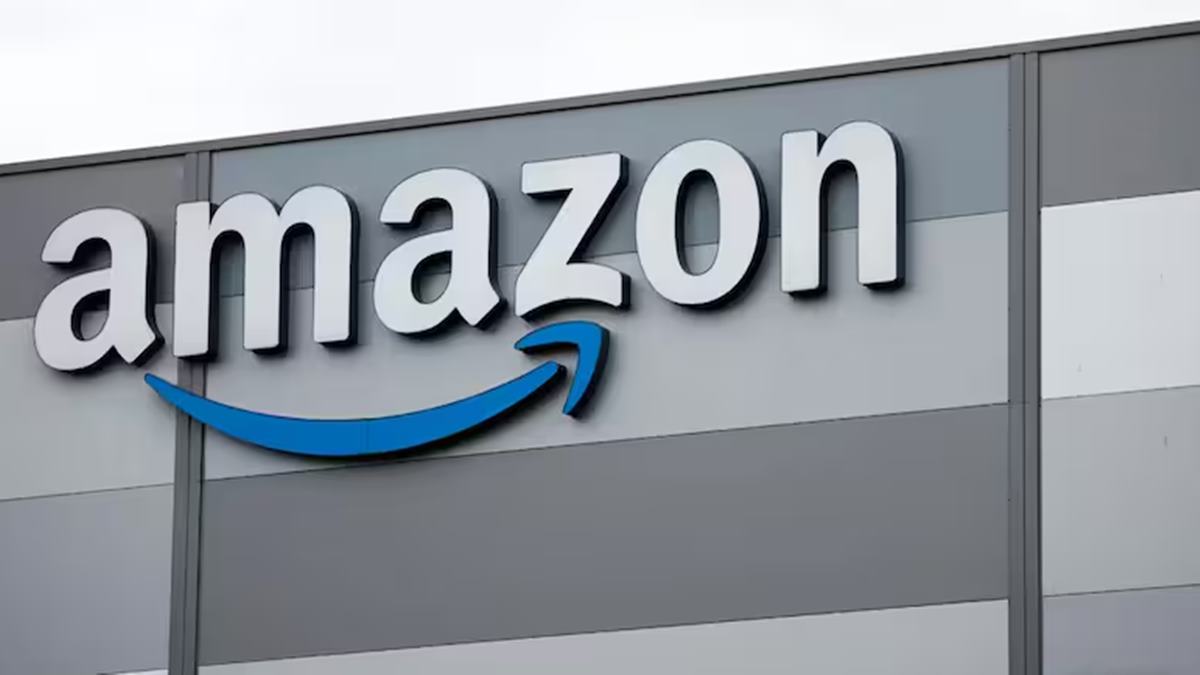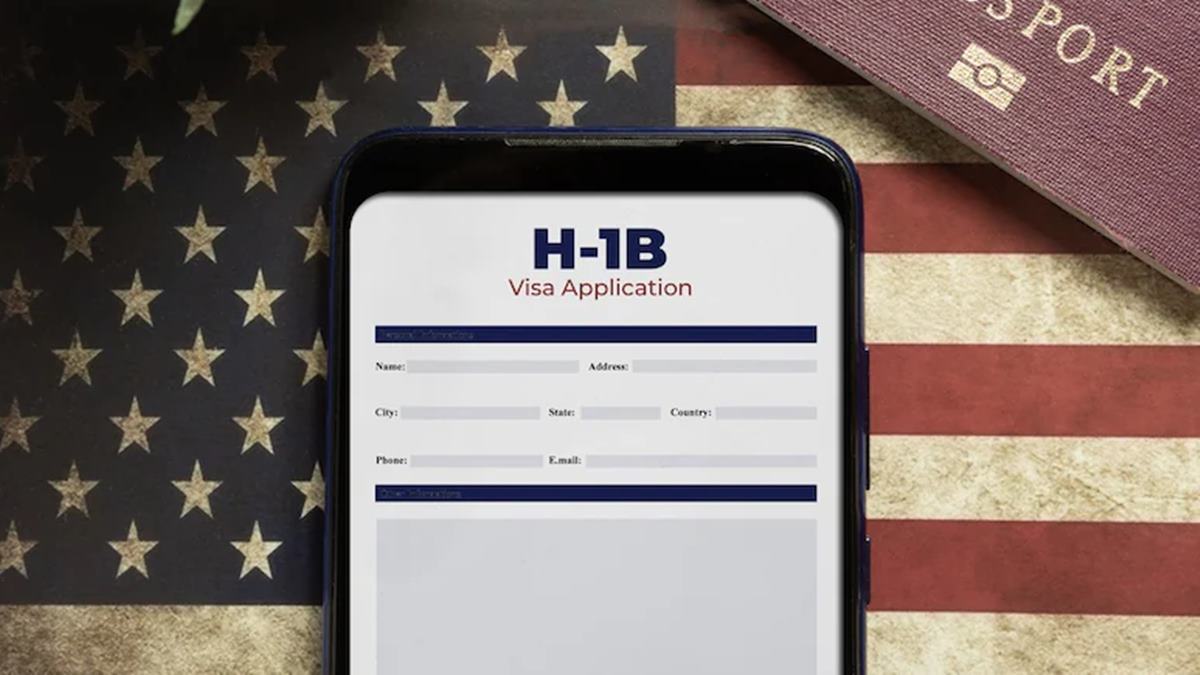HR Chiefs must develop strategic AI plans to support talent acquisition and support workforce future skill requirements, IBM says
The shift from simple digital tools to an era of intelligent automation driven by AI means C-suite executives must find a way to prepare and lead alongside this evolution.
Nowhere is this more true than in enterprise HR, where the technology is transforming recruitment, enabling predictive workforce planning, automating tasks and boosting workplace culture.
The ‘AI-powered productivity’ report by IBM states that many execs are still in the early stages of using AI for workforce analysis, with only 53%currently using AI automation for this purpose.
However, within the next two years, Chief HR Officers (CHROs) will be preparing their employees with AI tools, with some execs considering a step into fully autonomous automation.
CHROs’ strategy aims to boost efficiency, speed-up and simplify processes and create a better employee experience, supporting talent acquisition and workforce future skill requirements.
Of the execs who took part in the study, 62% are prioritising automation in recruitment, 61% in employee self-service with digital assistants and 52% in talent acquisition.
HRs most transformative aspects of AI
Autonomous AI, or agentic AI, is a form of intelligence that learns from historical data on employee turnover, promotions and performance to predict future workforce needs.
It does so automatically without commands from a user and with extreme accuracy.
Agentic AI provides HR execs with recommendations, based on accurate forecasts, to employ, train and plan for future requirements within the company’s workforce.
Many HR leaders have already adopted agentic AI – notably using AI agents to analyse vast amounts of data which can then be transformed into valuable and actionable insights.
Jon Lester, Vice President of HR Technology at IBM, praised the opportunities presented by agentic AI in a company statement: “It remembers what you told it yesterday and can apply that information to actions today.
“You can build use case after use case. It blows chatbots out of the water.”
Enhanced by AI agents, virtual assistants provide software where employees can communicate around HR related issues or queries.
This frees up HR leaders to evolve from being a reactive support function to focusing on strategic initiatives and also integrate employee feedback in the most effective ways yet.
This helps to gather questions via the questions and queries, which can then be acted on quickly.
IMB started on its on AI HR path in 2017, when Nickle LaMoureax’s team, IMB CHRO, introduced HR chatbots.
These later combined these multiple chatbots into ‘AskHR’, acting as a one-stop shop for all things HR.
Nickel said in a keynote speech at a HR Tech conference in September: “AI is not magic. It’s amazing, impressive technology that can totally transform your business.
“But it takes hard work, behaviour change, culture change, business process change and sometimes leadership change.”
However, because of growing AI adoption, many employees are still unsure about implementing the tools into their working day, whether this be through fear of the unknown or lack of understanding.
IBM’s research recognises this trend, finding that HR leaders are anticipating that 56% of their workforce will need upskilling to adapt to AI integration.
Despite this, the same execs are predicting a 2.5% increase in workforce, suggesting roles and responsibilities will adapt to integrate and grow with AI capabilities.
Arvind Krishna, IBMs Chief Executive, told The Wall Street Journal: “While we have done a huge amount of work inside IBM on leveraging AI and automation on certain enterprise workflows, our total employment has actually gone up, because what it does is it gives you more investment to put into other areas.”
Arvind said these other areas are “critical thinking” domains – such as software engineering, sales and marketing.
Embracing the opportunity
CHROs must quickly adapt to and embrace the opportunity to keep up with the expected surges in agentic AI, says IBM.
If implemented effectively, it can improve workflow efficiency, personalise communications and support continuous global operations..
IBM has set out key recommendations on how to start planning now to get ahead of tomorrow’s AI, including spearheading AI-driven learning programmes so that over half of employees who will need upskilling can meet these goals.
CHROs should use external expertise to gain insights on how to adapt to agentic AI, and create relationships with other enterprises across C-suites.
To also adapt quickly, leaders need to take planned risks to shift job roles and responsibilities so AI can be effectively enforced into HR leadership strategies.
As AI develops rapidly between now and 2027, IBM recommends that leaders should use this time to monitor the impact and effectiveness of the AI agent performance and its workforce performance.
This will ensure successful technology adoption that aligns with overarching business operational goals and strategy.
Employee experience
With growing AI adoption, the report outlines how productivity, skill enhancement and new expertise can improve performance and employee experience.
The data projects that using AI can increase productivity by 35%, and lead to a 30% increase in the effectiveness of training and 20% in retention rates.
There is also optimism from HR leaders that these successes from agentic AI adoption will significantly improve employees’ attitude, performance and contentment at work – predicted as a 26% boost to Net Promoter Scores.
Source – https://businesschief.com/news/how-can-chief-hr-officers-supercharge-employees-with-ai

